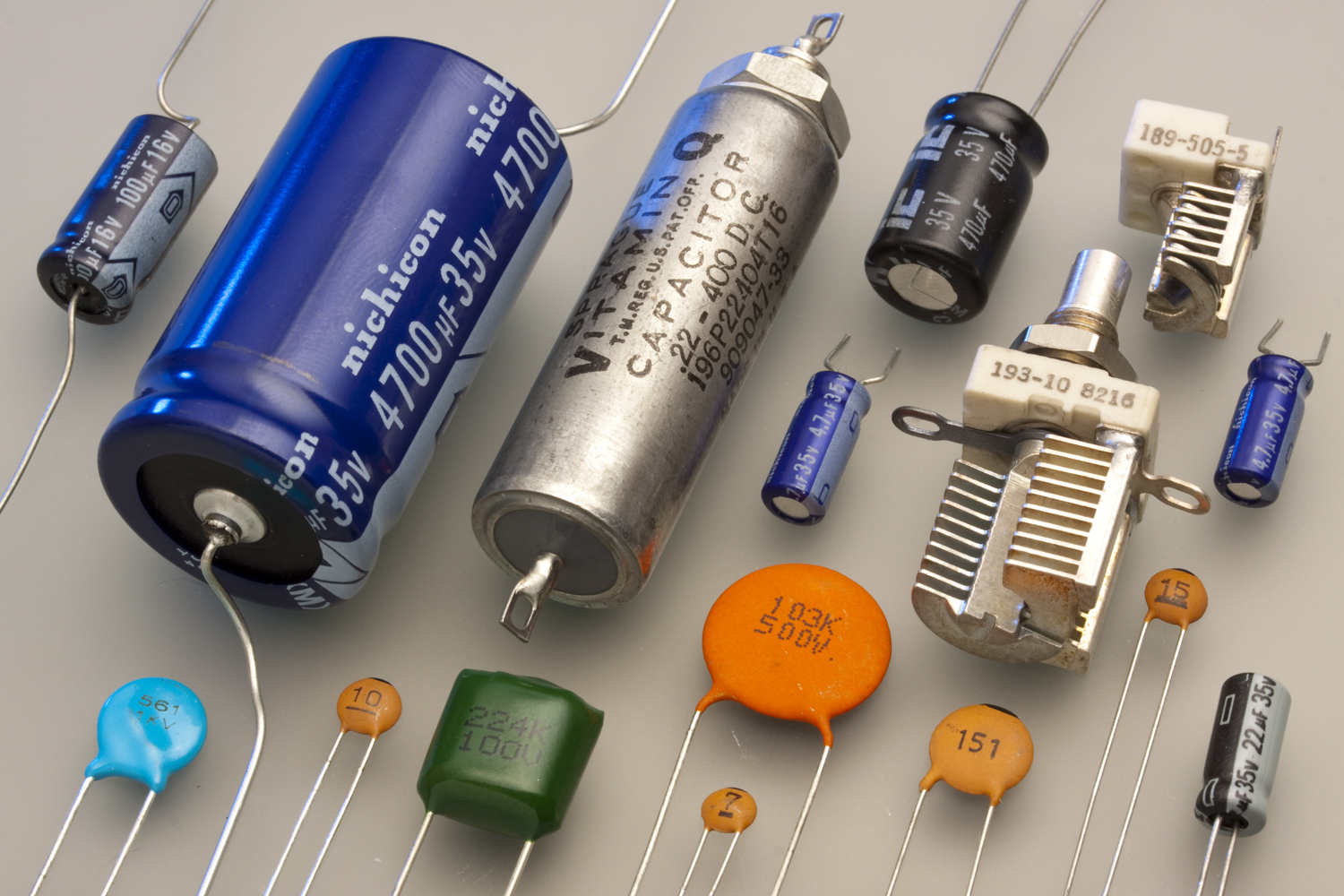
It’s almost impossible not to talk about capacitors when talking about electricity. A capacitor is an electrical component used to store energy in an electric field. It has two electrical conductors separated by a dielectric material that both accumulate charge when connected to a power source. One plate gets a negative charge, and the other gets a positive charge.
Unlike a resistor, a capacitor does not dissipate energy. Instead, a capacitor stores energy in the form of an electrostatic field between its plates. Capacitors are widely used in electronic circuits for blocking direct current while allowing alternating current to pass.
 Share
Share